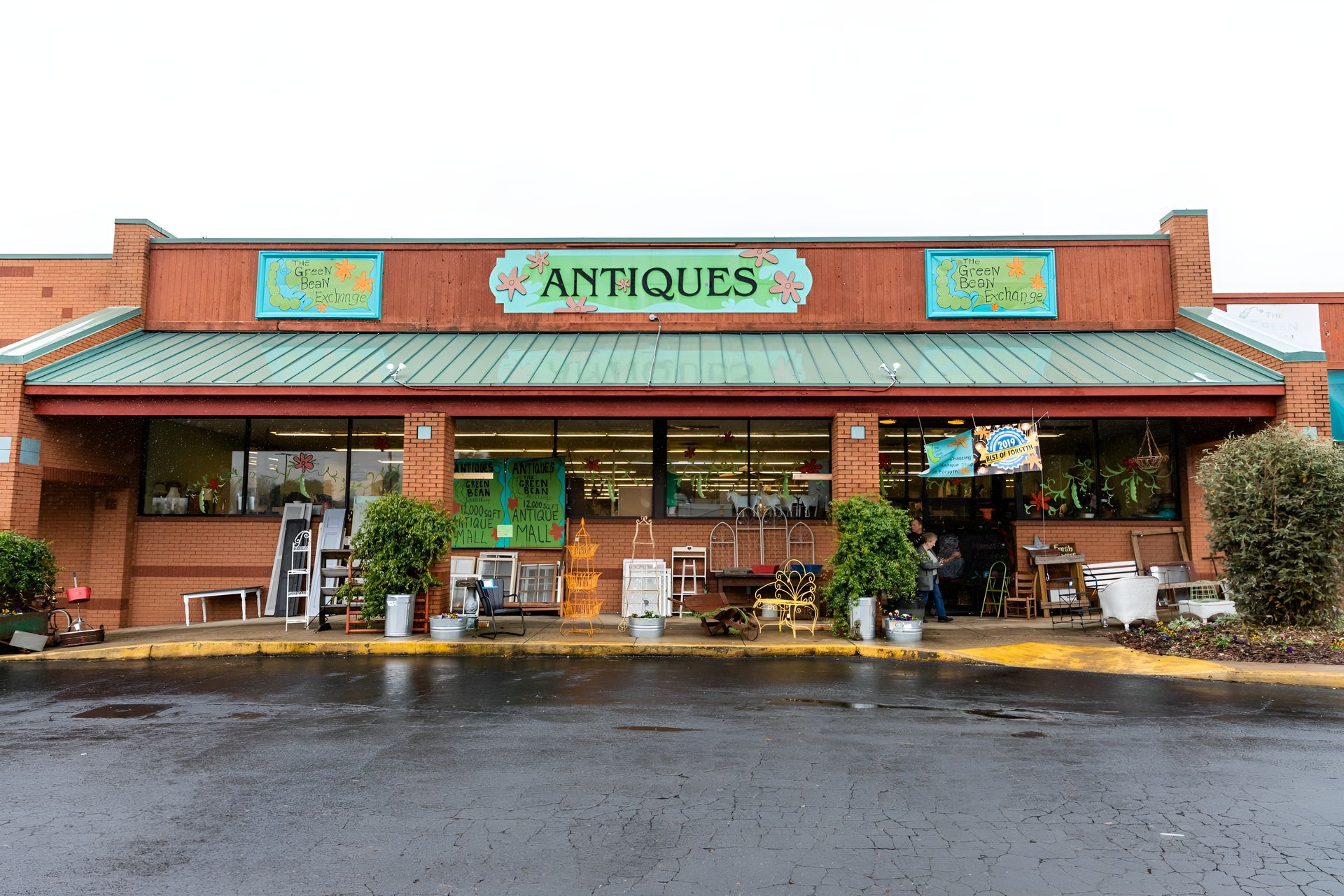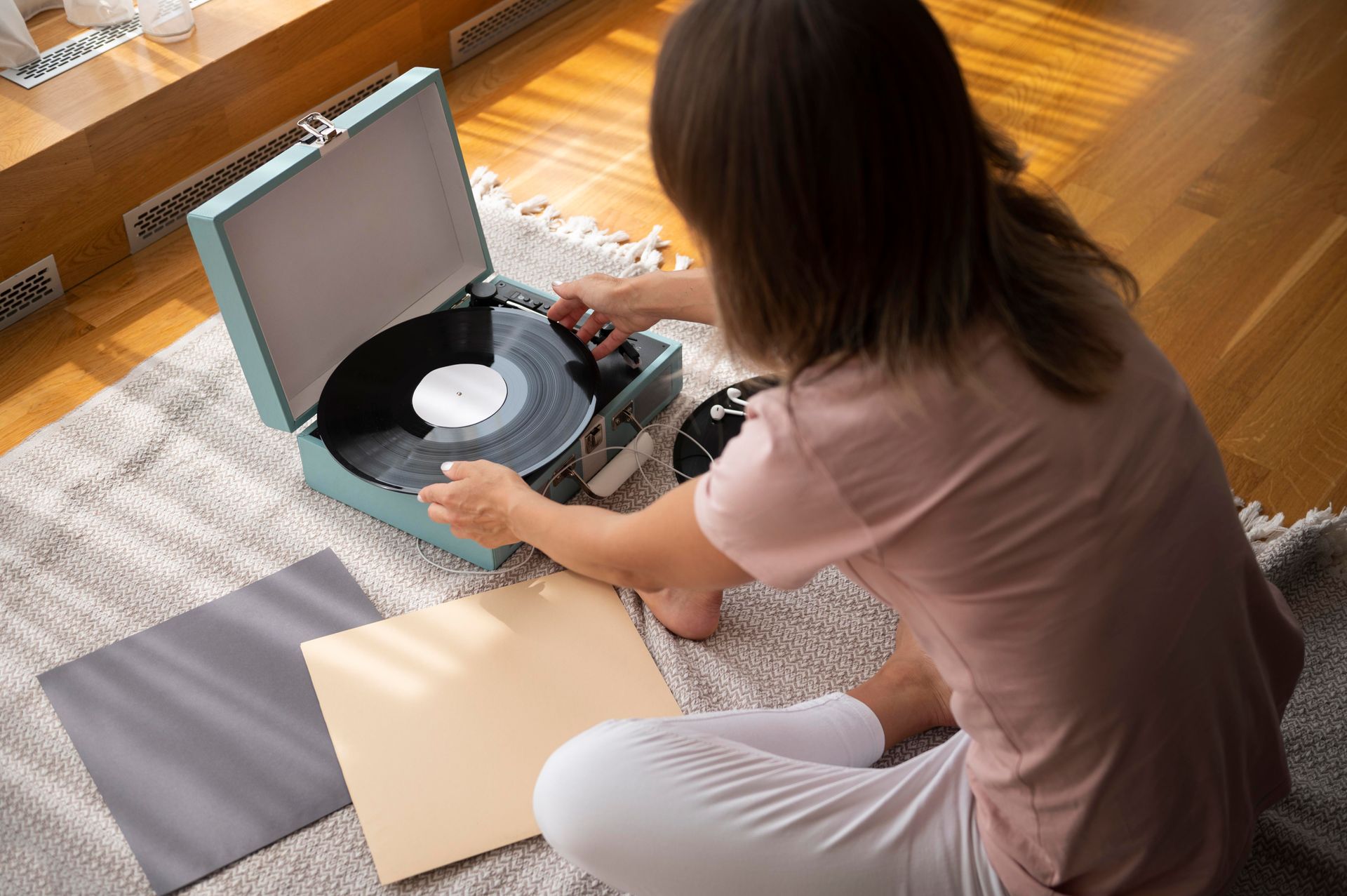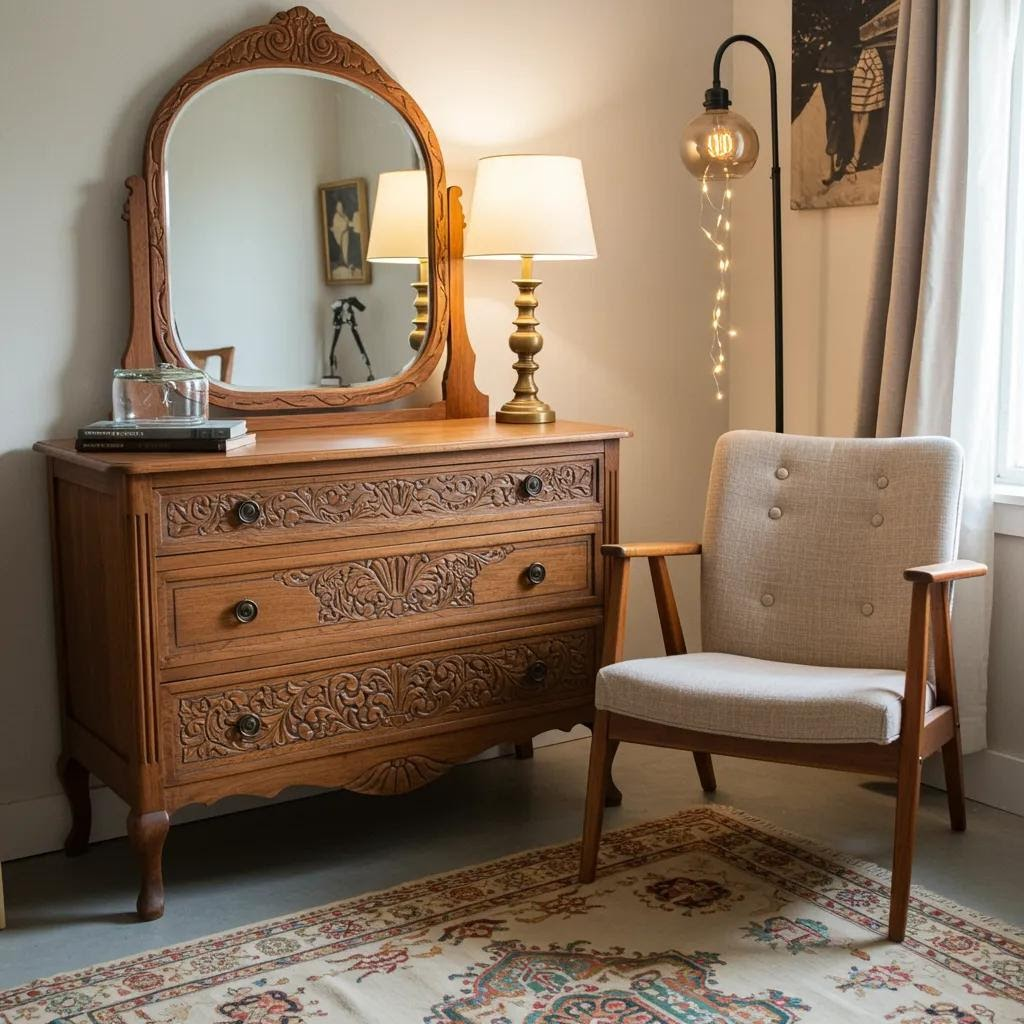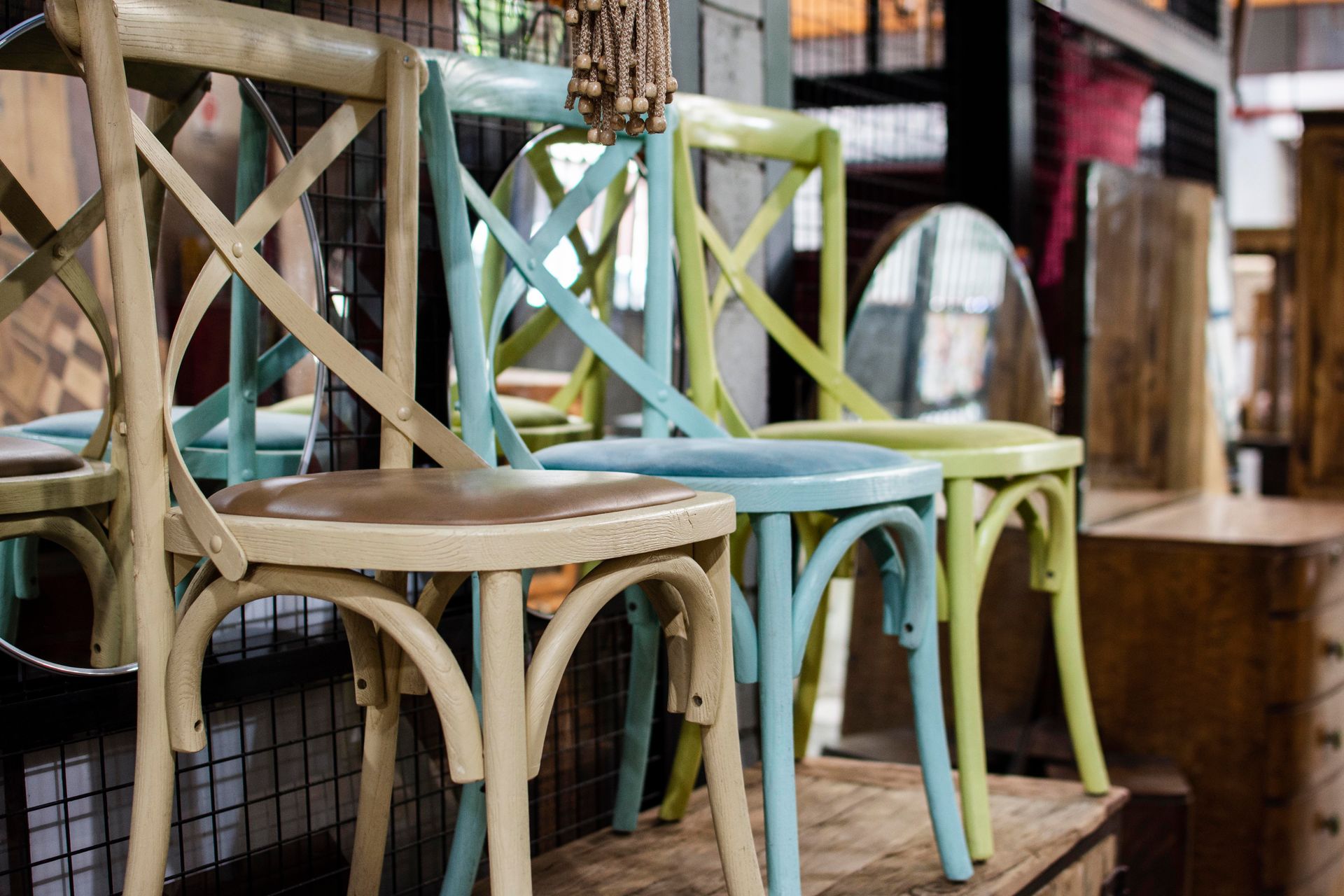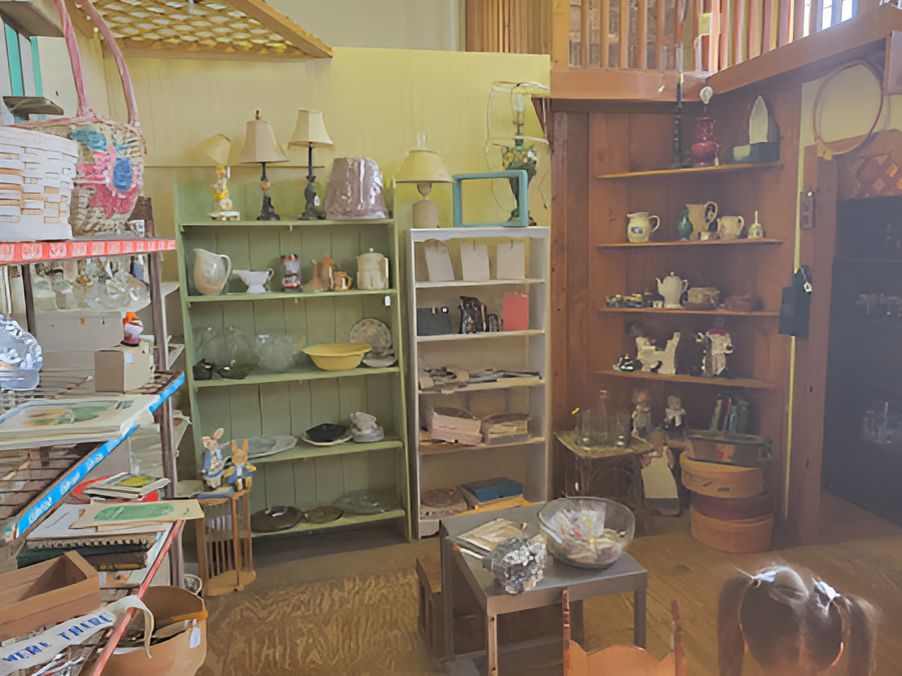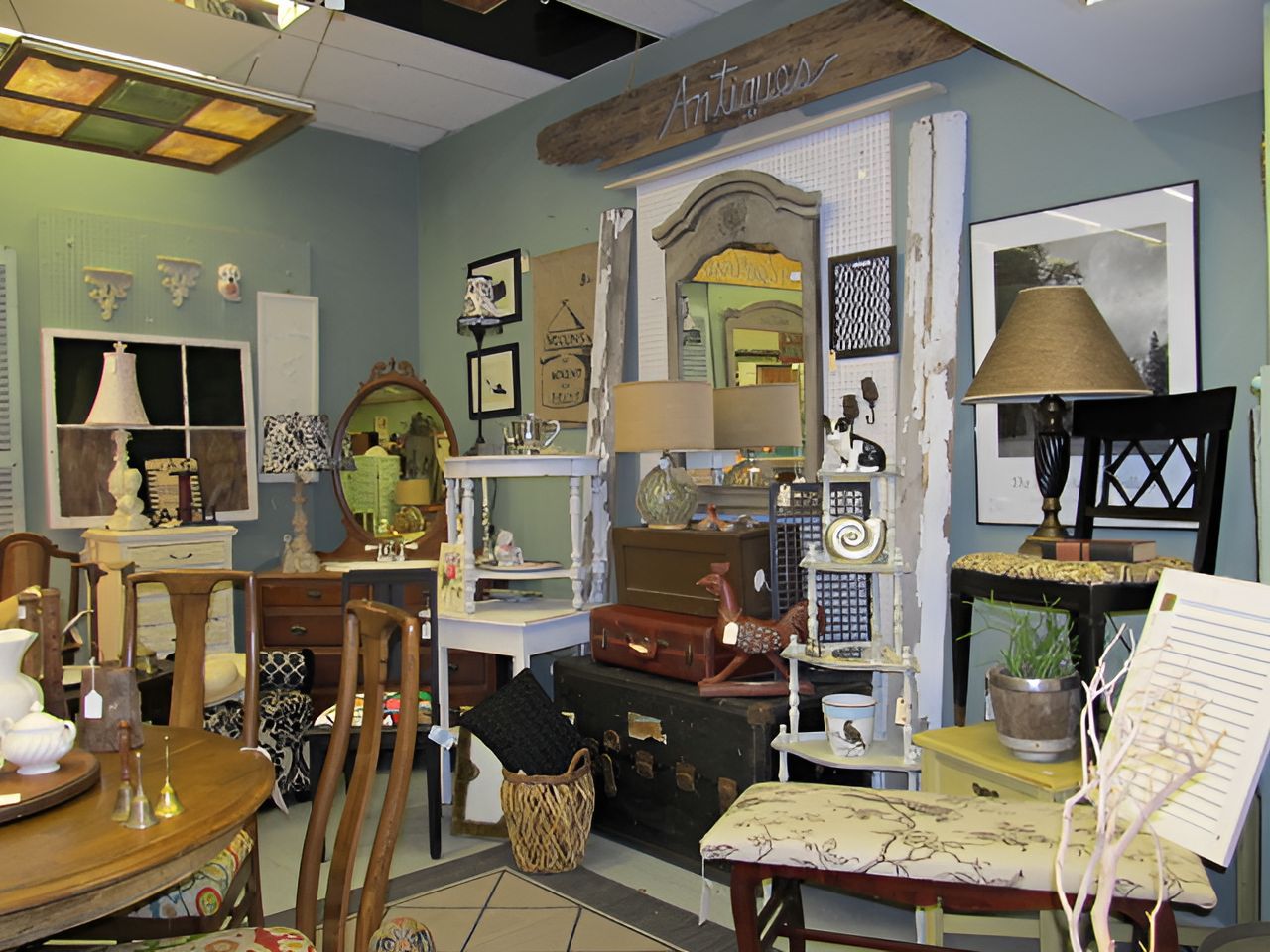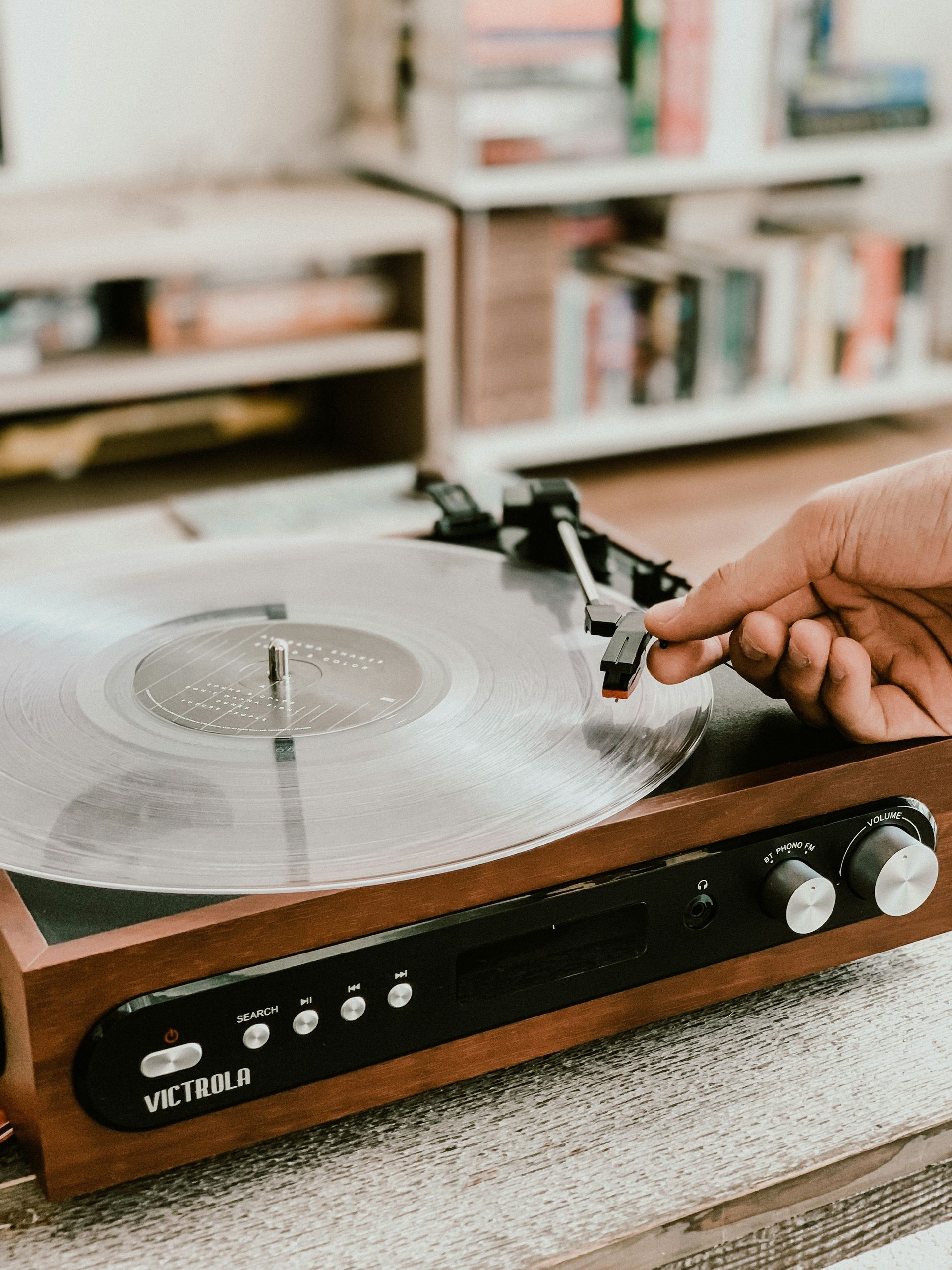The Ultimate Beginner’s Guide to Caring for Antiques
You don’t have to be a museum curator to keep your vintage treasures safe, clean, and beautiful. In fact, with a little know-how and a gentle touch, you can protect your favorite finds for years to come.
This post from The Green Bean Exchange, Cumming, Georgia’s trusted
antique store, will show you exactly how to do that.
We’re writing this for anyone who just brought home a piece of history and whispered, “Now what?”
If that’s you, read on.
Why Antique Care Starts With Observation
Let’s start simple. The first thing you should do is look. Really look.
Before you scrub, polish, or patch anything, stop and spend five minutes examining the piece. Use a flashlight if needed. Gently test any moving parts like hinges or drawers. Check the base and seams.
You're looking for two things:
- Signs of damage that could get worse if ignored
- Signs of past repairs that might change how you treat it now
Write down or take photos of what you find. You’ll want a record before you do any cleaning.
Small cracks or loose joints are not emergencies. But they are clues to how the piece should be handled.
Know What It’s Made Of Before Cleaning Anything
Different materials have different needs. A wool rug, an oak bookshelf, and a porcelain dish all require different care.
Here are some basics:
- Wood: Use a dry or slightly damp microfiber cloth. Avoid oils or waxes unless you’re sure the finish can handle it.
- Metal: Skip harsh cleaners. Brass and silver can react badly to acid-based products. Stick to a dry cloth and mild soap.
- Glass: Clean with lukewarm water and a soft cloth. Avoid temperature extremes to prevent cracking.
- Textiles: Vacuum gently with a brush attachment. Avoid washing unless you’re working with an expert.
If you’re not sure what something is made of, take it to a local antique store and ask.
Keep Antiques Out of Direct Sunlight
This is a rule that’s easy to forget and hard to fix later.
Sunlight fades fabric, dries out wood, and warps plastic and leather.
Set up your rooms so that antiques are placed away from windows or under curtains. Use UV-blocking window film if you can. It’s the best long-term strategy to prevent damage you can't reverse.
Control the Temperature and Humidity
Sudden changes in moisture and heat are like a rollercoaster for old things.
- Keep humidity between 40-60%. Too dry, and wood cracks. Too wet, and mold forms.
- Avoid placing antiques near heaters or vents. Hot air is the enemy of old finishes and adhesives.
Your antiques are like houseplants. They need a stable climate to thrive.
Handle Antiques Like They're Alive
Yes, seriously.
When you move something old,
support it from the bottom, not just from handles or edges. Antique joints, glues, and nails may not be as solid as they look.
If you’re carrying a chair, hold it by the seat rails. If you’re picking up a clock, cradle it with both hands. Think of it like lifting a sleepy puppy.
Use the Right Tools for Cleaning
You don’t need fancy supplies. You just need the right ones:
- Soft microfiber cloths
- Distilled water (to avoid mineral spots)
- Mild dish soap
- Soft-bristled brushes (for carvings and small crevices)
- Cotton swabs (for detail work)
Skip the bleach, vinegar, or all-purpose sprays. Those may be fine for modern furniture, but they can eat away at finishes and paint on older pieces.
Don’t Refinish Unless You’re Sure
A lot of people think refinishing wood makes it better, but in antique circles, the original finish matters.
That dark patina or worn paint is part of the object’s story. Stripping it might make it look newer, but it also removes decades of character, and sometimes value.
If you're tempted to strip, paint, or sand an antique, ask yourself: "Would a future owner want to see this how it was, or how I want it to look now?"
How to Store Antiques Safely
If you’re not displaying a piece, store it in a way that keeps it safe:
- Wrap delicate items in acid-free tissue paper
- Use sturdy boxes, not plastic bins that trap moisture
- Avoid attic or basement storage, where temperatures and humidity swing wildly
Label everything clearly, especially if you're packing multiple items in a single container.
Keep a Simple Maintenance Schedule
You don’t need to fuss over antiques every week. A little goes a long way:
- Monthly: Dust surfaces gently
- Quarterly: Inspect for signs of wear, mold, or movement in joints
- Yearly: Do a deeper clean with safe materials
Set reminders on your phone if needed. Think of it as seasonal checkups for your collection.
When to Call in a Pro
If an antique is very fragile, or if you’re unsure about cleaning it, ask for help.
Look for:
- Art conservators
- Upholstery repair specialists
- Clock or jewelry repair professionals
Your local antique store can often recommend trusted specialists.
Common Mistakes to Avoid
Here are a few mistakes beginners make. Be wary of them:
- Spraying polish directly onto surfaces (always spray on the cloth first)
- Stacking books or textiles in direct contact
- Hanging heavy art from weak wires or nails
Bonus: Keep a Story With the Piece
This is one most people never think about.
If you know where an antique came from, write it down. Tuck a small card or envelope inside the drawer or under the base.
Write things like:
- Who owned it last
- Where it was bought
- Any interesting stories or uses
You’re not just preserving the item. You’re passing along its history.
Conclusion
You just learned how to keep your antiques clean, safe, and long-lasting.
The tips here aren’t hard. Most of them take just a few minutes a month. But the result? Furniture that doesn’t wobble, fabric that doesn’t tear, and wood that keeps its natural texture and shine.
Want more help picking the right pieces for your home? Visit our Antiques Collection page to find unique pieces worth caring for.
Also, check out our post on how to spot a real antique before your next visit.
